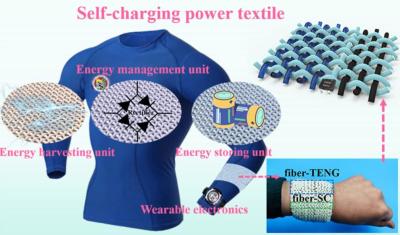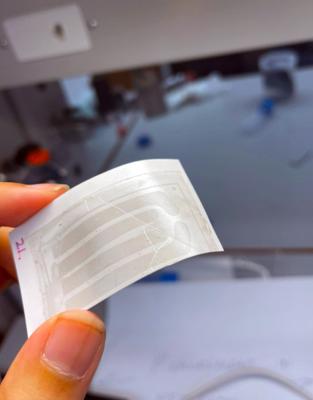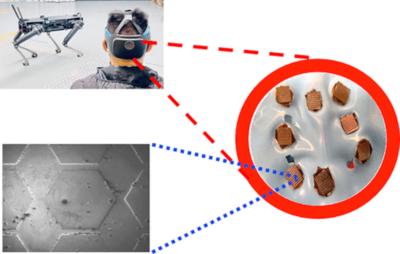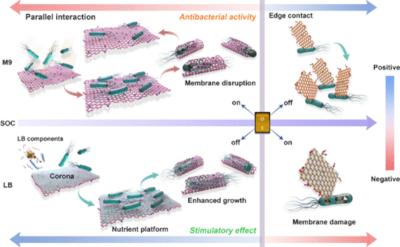Hememics Biotechnologies and General Graphene Corporation form strategic partnership for graphene biosensors
Earlier this month, Hememics Biotechnologies, developer of a rapid handheld bio testing platform based on unique graphene-based sensors, raised a $2 million seed round to help build its “lab in a hand” tech. Now, Hememics Biotechnologies also entered into a strategic partnership with General Graphene Corporation, the culmination of a four-year collaborative effort to develop a scalable, non-clean-room process for the manufacturing of the company’s 32-plex, graphene biosensor chips.
Combined with Hememics’ expertise in long-shelf-life detection biology, this partnership aims to revolutionize point-of-care diagnostics tools for pathogens and environmental toxins.



